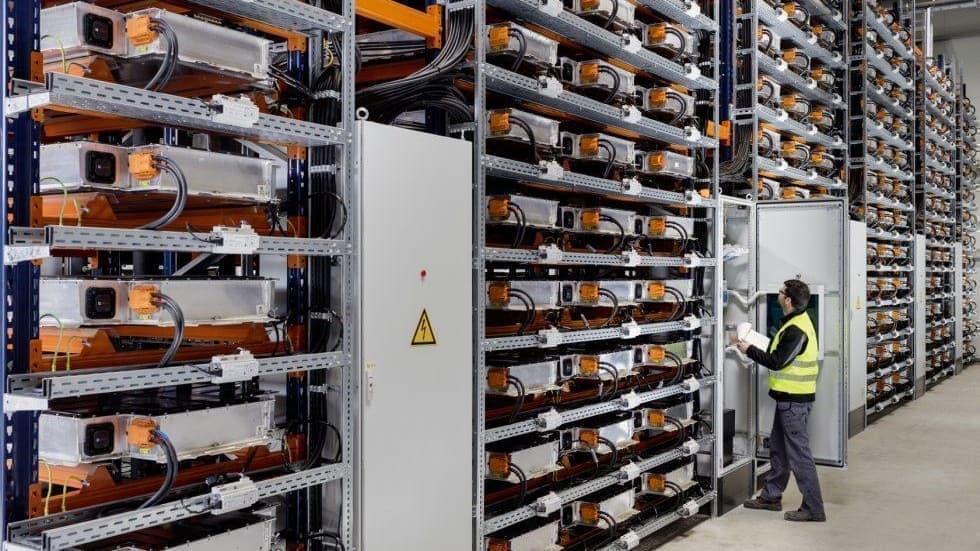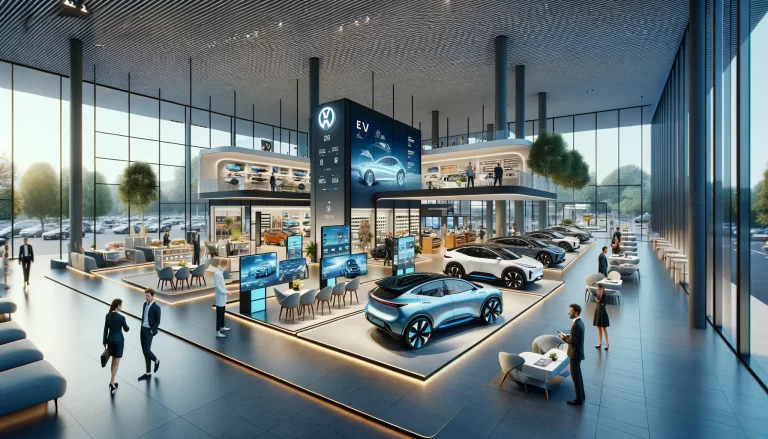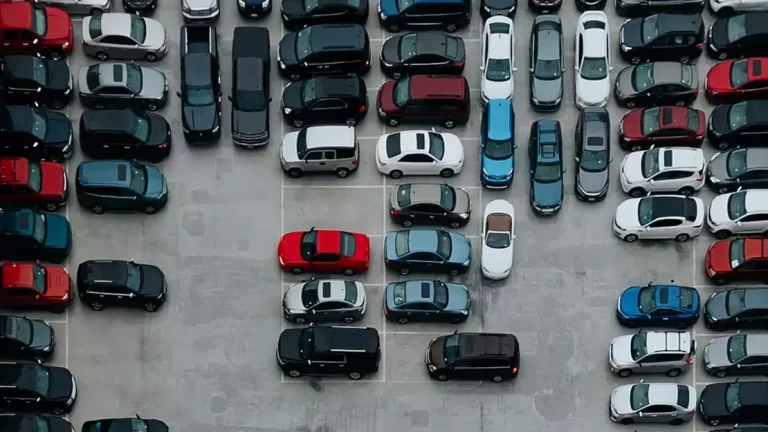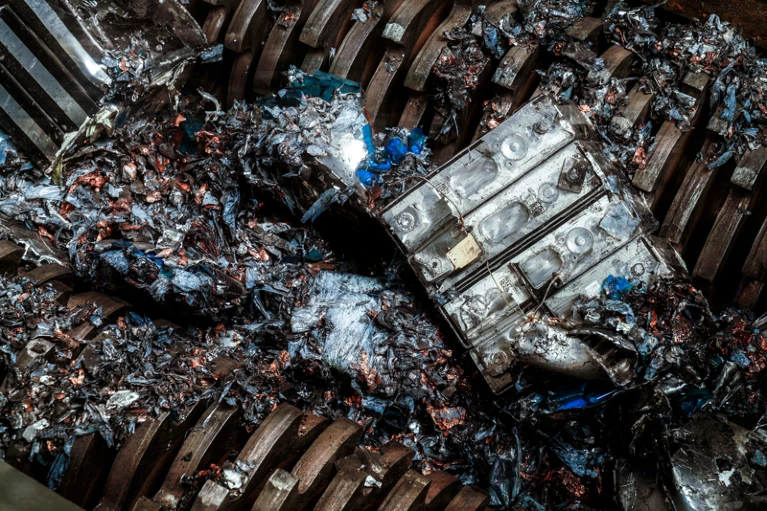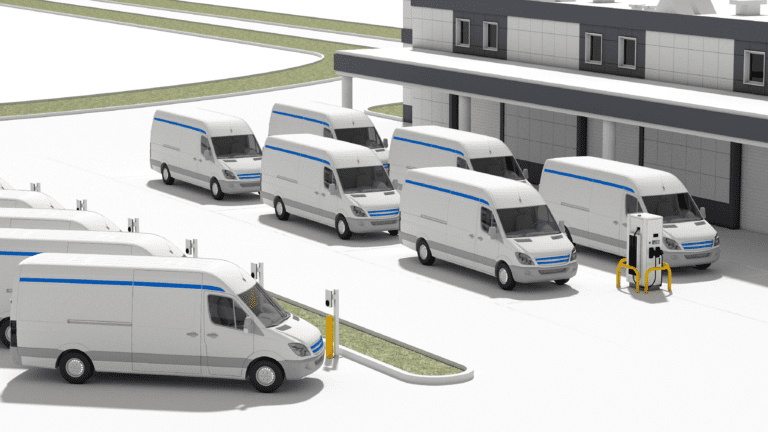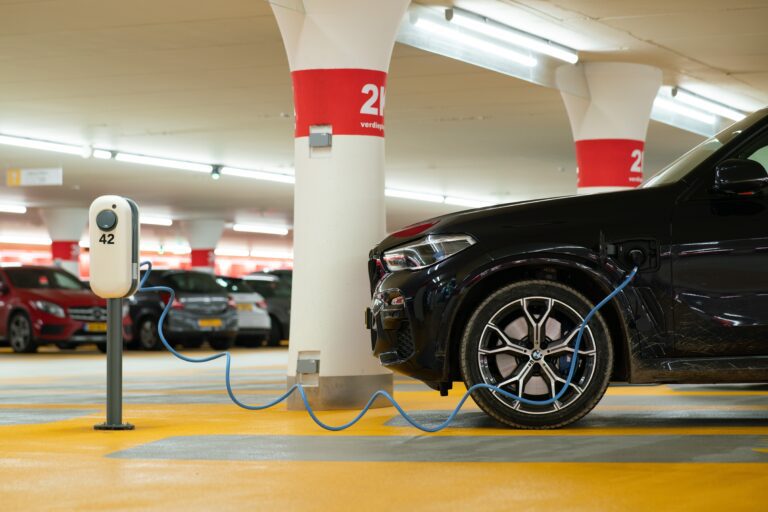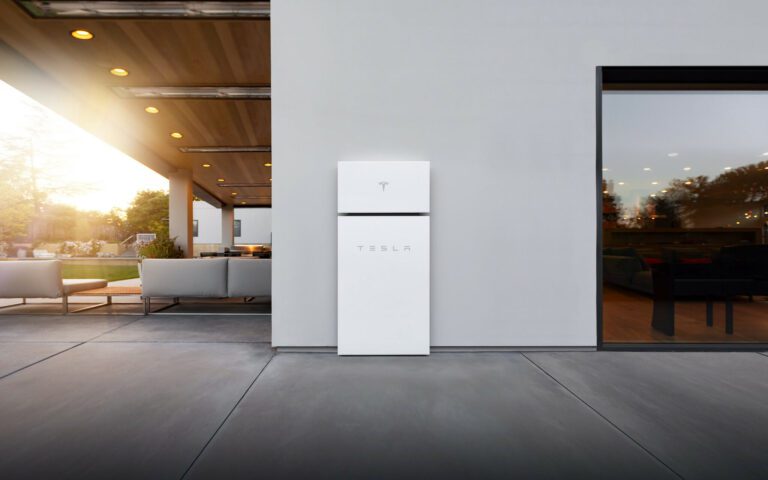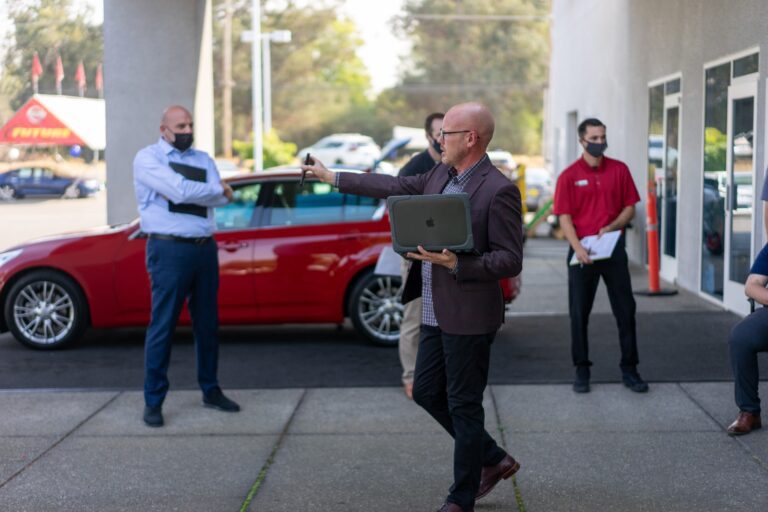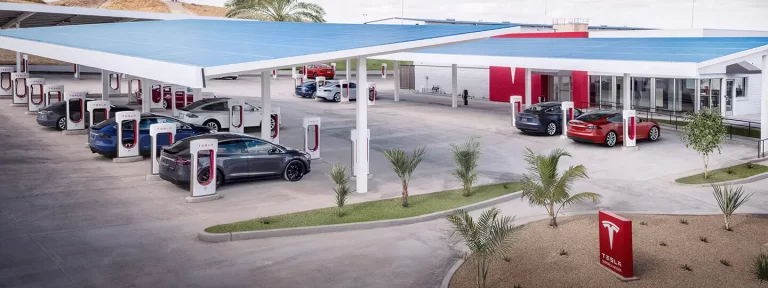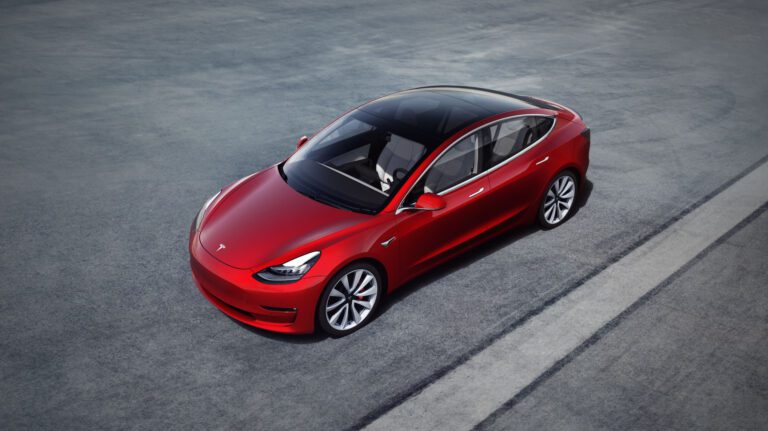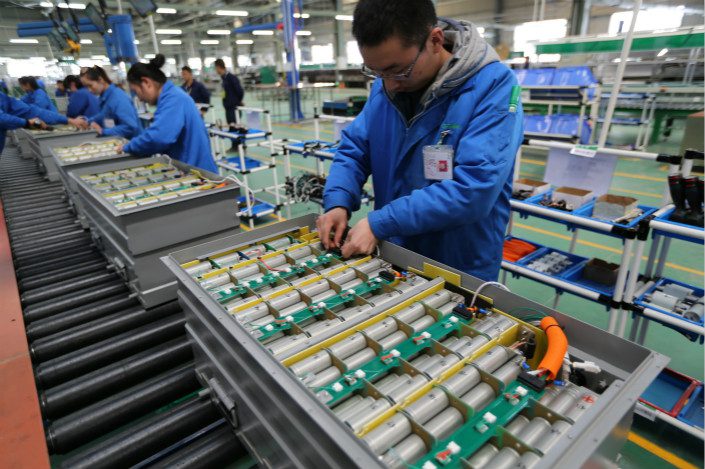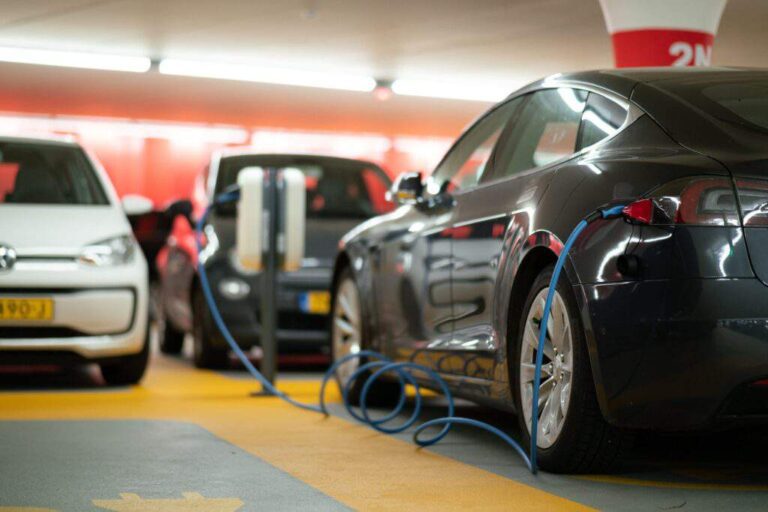Electric vehicles are the future, and many experts are predicting huge amounts of them will enter service in the coming years. For example, the International Energy Agency (IEA) expects electric cars, buses, vans, and heavy trucks to number 145 million by 2030. While the proliferation of electric vehicles means less greenhouse gases, the implication is that we’ll have to deal with millions of old EV batteries. One way to deal with this is to give the batteries a second life. So what is EV battery second life, how does it help the environment and which companies are active in this space? This article answers these questions and more.
How long does an EV battery last?
EV batteries are built tough. This is necessary for them to last despite the brutal conditions they are exposed to. These lithium-ion batteries work under extreme temperatures and hundreds or thousands of discharge cycles. Due to the stress, they degrade as they accumulate years, meaning their capacity to hold a charge reduces.
While most EV makers offer an 8-year warranty, you can expect about a decade of performance from a regular EV battery. At the end of the first decade, they are ready to be replaced in the car.
Why are old EV batteries deserving of second life?
At the point where they are deemed unfit for use in electric vehicles, these batteries are not completely dead. In fact, they still hold about 80 percent of their original capacity. As a result, they can still work in other environments that are less demanding, referred to as second-life or repurposing. EV batteries are designed to store lots of energy, which means 80 percent capacity is still a lot.
What happens to old EV batteries if not re-used?
When EV batteries can no longer work in a car, there are two paths apart from repurposing; disposal or recycling.
Disposal is tricky because the battery can become a source of pollution if not properly handled. It could even cause fire outbreaks when stored.
Recycling can recover the valuable materials in the battery, which can go into making new batteries. The materials worth recycling include cobalt and nickel, which are expensive raw materials. However, some battery packs have not been designed to recover these materials easily.
Why give EV batteries a second life?
Using EV batteries in second life delays the recycling process, allowing maximum value to be extracted from the initial investment. The residual value of the battery also goes up instead of ending up with a scrap value.
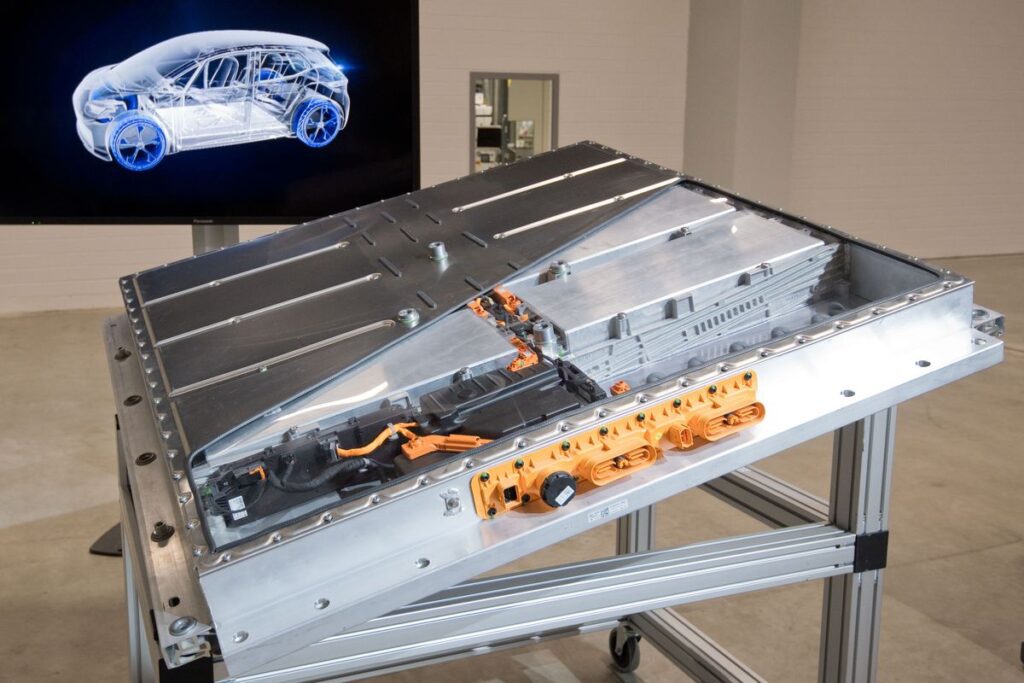

Second-life usage reduces resources consumption. Also, repurposed batteries help with renewable energy because they can help balance when production is not possible. For example, repurposed EV batteries can store excess energy produced during the day through solar panels for the night when the sun is down.
The global scope for second-life batteries is expected to enter the range of between 112 and 275 GWh per year by 2030. This is more than 200 times the total installed capacity of the energy storage systems in the US in 2018, making it an energy business too large to ignore.
Types of EV battery second-life applications
Second-life battery energy storage projects fall into two categories:
- commercial/residential
- off-grid
1. Commercial/residential
Old EV batteries can serve as energy storage systems for both commercial and residential applications. They can function as reliable power backup sources to power factories, homes, public facilities, etc. Second-life batteries can easily be scaled up or down to meet power requirements.
Second-life EV batteries can store excess energy produced during peak times using renewable energy sources like the sun and wind. They can help companies or individuals aiming to reduce their carbon footprint by reducing their reliance on the grid.
2. Off-grid
For many people or organizations that want or have to operate off-grid, second-life EV batteries may be the solution. As mentioned above, energy storage systems using old EV batteries can store energy for use when renewable energy production is impossible. This will allow more people to wean themselves off the grid completely.
Challenges to overcome
While second-life EV batteries are an attractive proposition, some challenges have to be overcome.
EV batteries are designed with different formats, cell sizes, and shapes as every manufacturer chooses what is best for their cars. This lack of standardization makes refurbishing old batteries needlessly complex. The problem may worsen as more battery manufacturers enter the space.
Second-life batteries may also fall victim to the dropping costs of battery production. As batteries become cheaper to produce, the cost difference between used and old batteries shrink, making repurposing less attractive from a financial standpoint.
In addition, second-life batteries have to develop a system of standards that will allow users to get a warranty. This requires setting up a system that can quantify the health of the batteries before they are deployed in second-life applications. As a result, there are many uncertainties in the market for second-life batteries.
Another challenge is the lack of a regulatory framework. While battery or electronic products recycling has progressed in the regulatory aspect, second-life batteries do not get as much attention.
However, most, if not all, of these challenges can be overcome with targeted action from all the players. The stakeholders include EV and battery manufacturers and governments, both local and national.
Companies in the EV second life space
The line between EV manufacturers and second-life EV battery companies can get blurry. Sometimes, EV makers partner with other companies to produce second-life EV battery production. For example, Japanese Nissan has a partnership with Sumitomo Corporation for reusing the batteries from its Leaf cars for stationary and utility-scale storage systems.
Nissan has even contributed to powering one of Europe’s largest microgrids in commercial buildings at the Johan Cruyff Arena in Amsterdam. The project involved Eaton, BAM, and The Mobility House. The 2.8 MWh installation used 63 Nissan Leaf second-life batteries hooked up to a rooftop solar array.
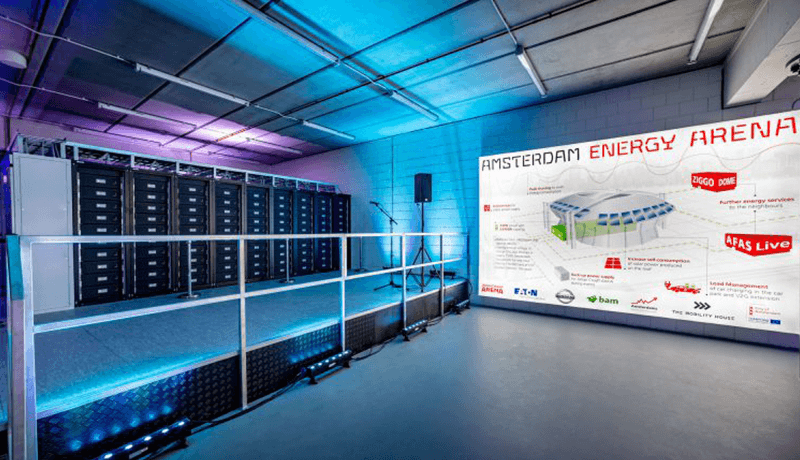

Similarly, Renault has collaborated with some players in the energy sector for second-life EV battery installation in Europe.
Some EV makers have designed their batteries with second-life applications in mind. This is the case with General Motors and its new Ultium batteries. GM is even working on products that reuse the batteries.
Similarly, the battery pack in Lucid Motor’s luxury EVs is designed for a second life. It was reportedly working on a proof-of-concept 300 kWh stationary energy storage system.
Other companies in the second-life EV battery sector include Connected Energy, which has made commercial applications deployments. It has developed a battery agnostic E-STOR energy storage system using thousands of old EV batteries.
